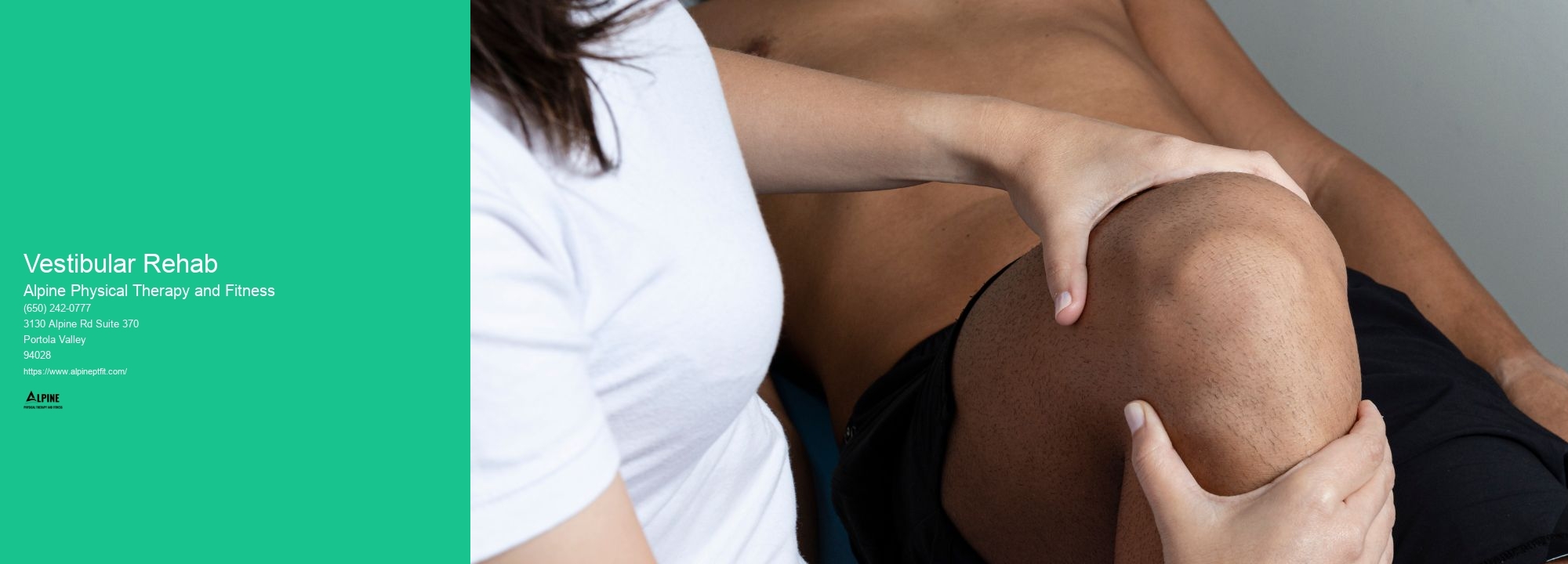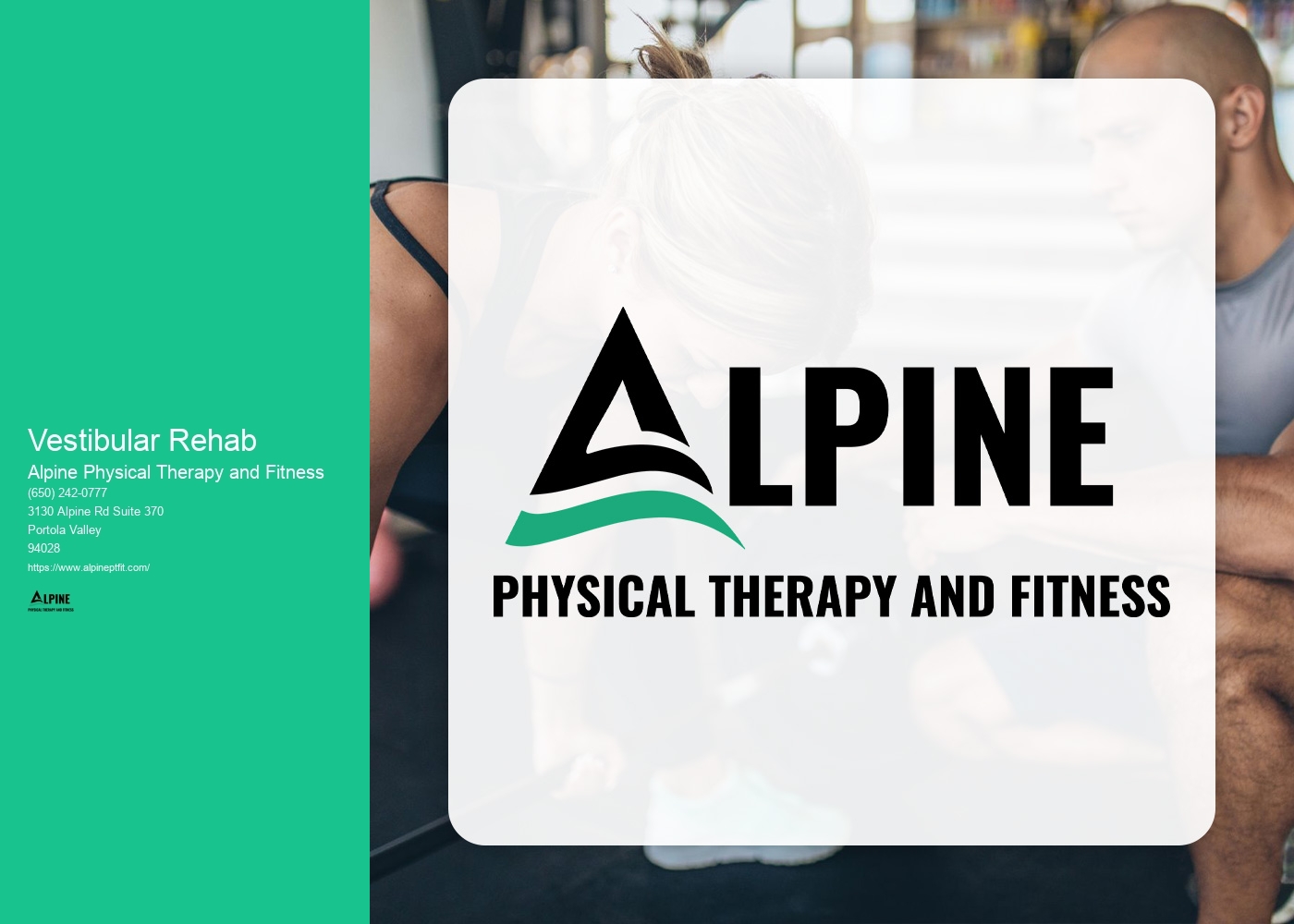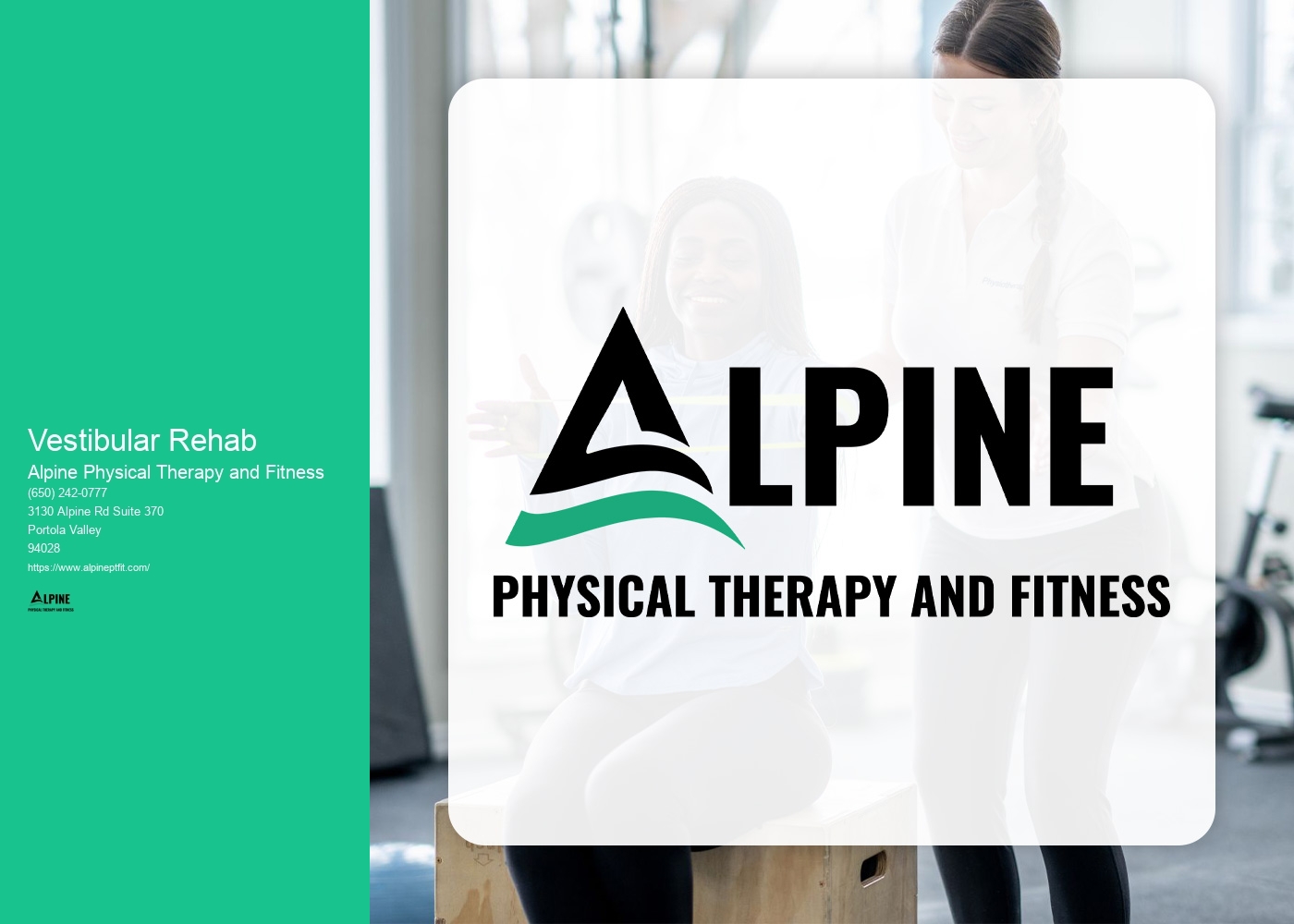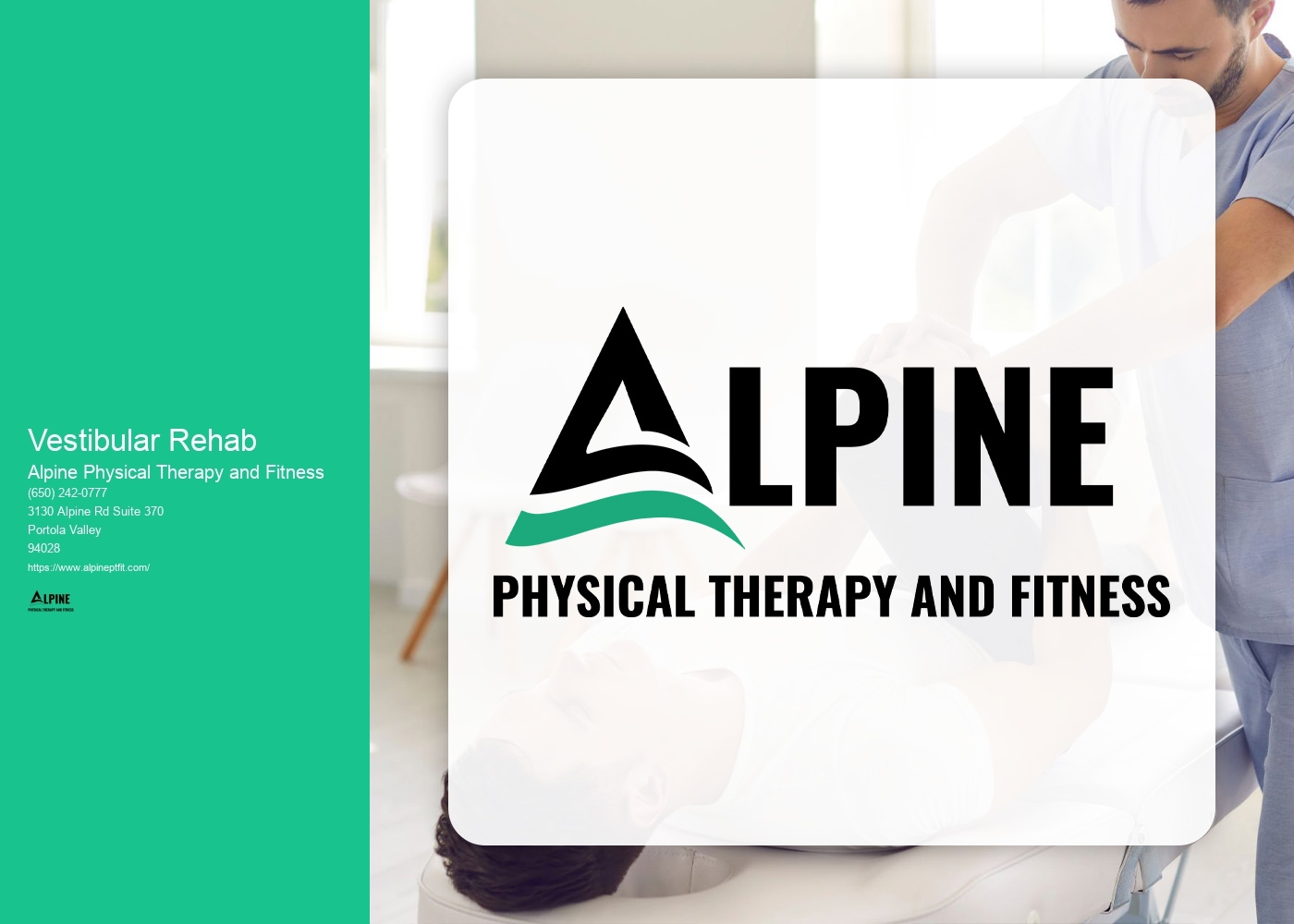

Vestibular rehab is a specialized form of physical therapy that focuses on treating balance and dizziness issues caused by problems with the vestibular system. The vestibular system is responsible for maintaining our sense of balance and spatial orientation. Vestibular rehab aims to improve the function of this system through a series of exercises and techniques.
Vestibular rehab helps with balance and dizziness by targeting the underlying causes of these symptoms. It works by stimulating the vestibular system and training it to adapt and compensate for any dysfunction. The exercises used in vestibular rehab help to improve coordination, strengthen muscles, and enhance the brain's ability to process sensory information related to balance. By doing so, it can reduce dizziness, improve balance, and increase overall stability.
Vestibular rehab can be used to treat a variety of conditions that affect the vestibular system. Some common conditions that can benefit from vestibular rehab include benign paroxysmal positional vertigo (BPPV), labyrinthitis, vestibular neuritis, Meniere's disease, and post-concussion syndrome. It can also be helpful for individuals who experience balance problems due to aging or other factors.

There are several exercises commonly used in vestibular rehab. These exercises may include gaze stabilization exercises, balance training, habituation exercises, and canalith repositioning maneuvers. Gaze stabilization exercises involve focusing on a stationary object while moving the head to improve visual stability. Balance training exercises aim to improve stability and coordination. Habituation exercises involve exposing the individual to movements or positions that trigger dizziness in order to reduce sensitivity over time. Canalith repositioning maneuvers are specific techniques used to treat BPPV by repositioning displaced calcium crystals in the inner ear.
The duration of vestibular rehab can vary depending on the individual and the specific condition being treated. In general, it may take several weeks to several months to complete a course of vestibular rehab. The frequency and duration of sessions will be determined by the therapist based on the individual's needs and progress.

Whether or not vestibular rehab is covered by insurance can vary depending on the specific insurance plan. Some insurance plans may cover vestibular rehab as part of physical therapy benefits, while others may require pre-authorization or have specific limitations. It is important to check with your insurance provider to determine coverage and any potential out-of-pocket costs.
While vestibular rehab is generally considered safe, there can be some side effects or risks associated with the exercises. Some individuals may experience temporary dizziness or increased symptoms during or after the exercises. This is usually a normal part of the rehab process as the body adjusts and adapts. However, it is important to work closely with a trained therapist who can monitor progress and make adjustments as needed to minimize any potential risks or discomfort.

Physical therapy plays a crucial role in stroke rehabilitation by helping individuals regain their mobility, strength, and independence. Through a combination of exercises, stretches, and specialized techniques, physical therapists work to improve motor function, balance, coordination, and range of motion. They also focus on addressing any muscle weakness or spasticity that may have resulted from the stroke. Additionally, physical therapy can help manage pain, prevent complications such as contractures or pressure sores, and enhance overall cardiovascular fitness. By tailoring treatment plans to the specific needs and abilities of each patient, physical therapists play a vital role in promoting recovery and maximizing functional outcomes following a stroke.
Aquatic therapy, also known as water therapy or hydrotherapy, has been found to be beneficial for individuals with chronic pain conditions. The buoyancy of water helps to reduce the impact on joints and muscles, providing a low-impact environment for exercise and movement. This can be particularly helpful for individuals with conditions such as arthritis, fibromyalgia, or chronic back pain. The resistance of the water also allows for gentle strengthening and stretching exercises, promoting improved flexibility and range of motion. Additionally, the warmth of the water can help to relax muscles and alleviate pain. Overall, aquatic therapy offers a unique and effective approach to managing chronic pain, providing individuals with a safe and therapeutic environment to improve their physical well-being.
Individuals with patellar tendinopathy are recommended to engage in a variety of exercises that target the quadriceps and surrounding muscles. These exercises may include eccentric exercises, such as the decline squat or the single-leg squat, which focus on lengthening the muscle while under tension. Isometric exercises, such as the wall sit or the static lunge, can also be beneficial in strengthening the muscles without causing excessive strain on the tendon. Additionally, exercises that improve balance and stability, such as the single-leg balance or the step-up exercise, can help to reduce the risk of further injury. It is important for individuals with patellar tendinopathy to work with a qualified healthcare professional or physical therapist to develop a personalized exercise program that takes into account their specific needs and limitations.
Yes, physical therapy can be an effective non-surgical treatment option for carpal tunnel syndrome. Physical therapists use a variety of techniques to address the symptoms and underlying causes of carpal tunnel syndrome. These may include manual therapy, such as joint mobilization and soft tissue mobilization, to improve the mobility and function of the affected wrist and hand. They may also prescribe specific exercises to strengthen the muscles in the hand and forearm, as well as stretches to improve flexibility. Additionally, physical therapists may use modalities such as ultrasound or electrical stimulation to reduce pain and inflammation. By addressing the root causes of carpal tunnel syndrome and improving the overall function of the hand and wrist, physical therapy can help alleviate symptoms and avoid the need for surgery in many cases.